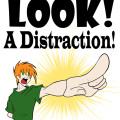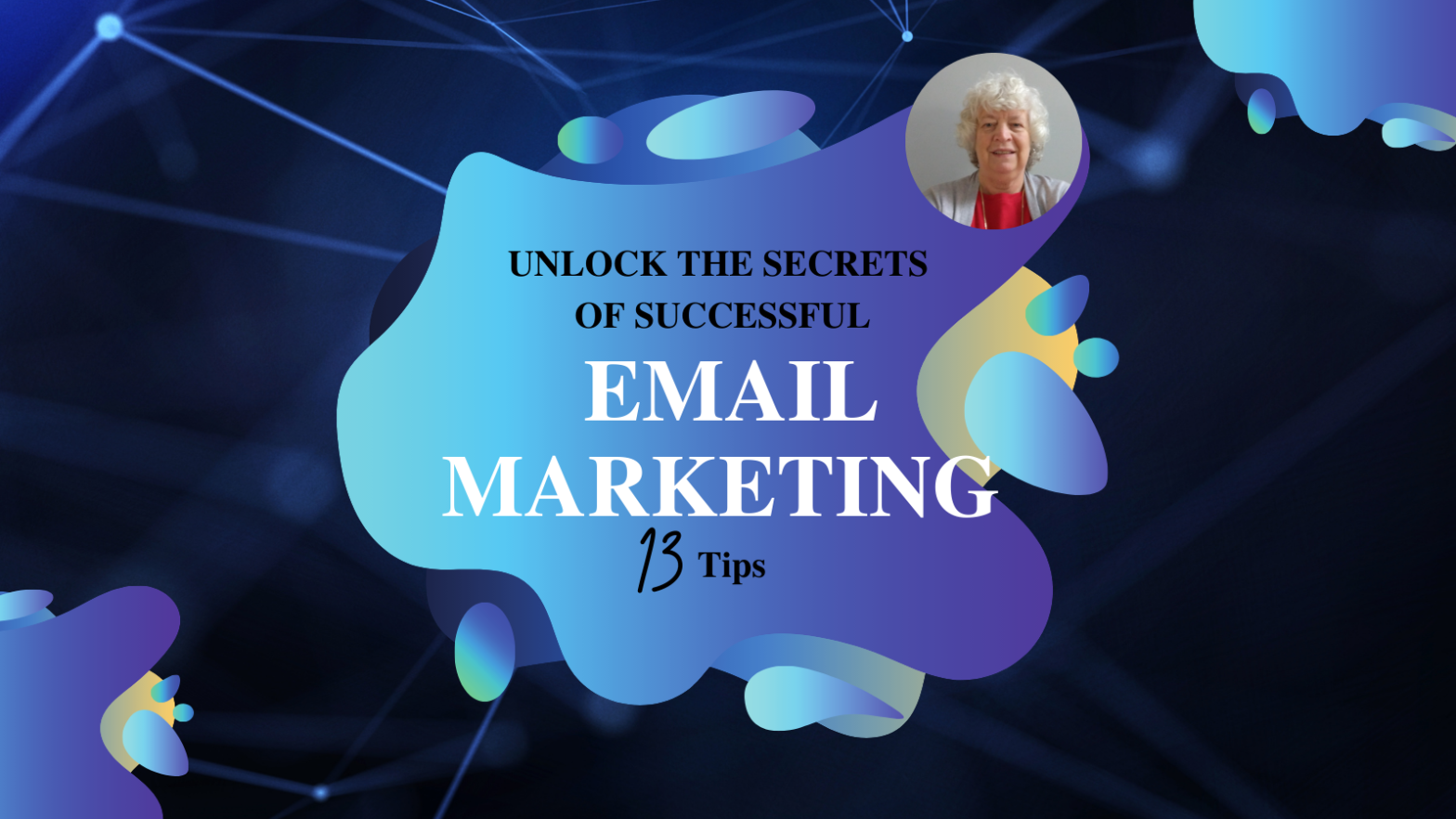 If your site is full of links, banners and flashy things, you can bet it’s less likely that visitors will respond to your call-to-action. Limit distractions by:
If your site is full of links, banners and flashy things, you can bet it’s less likely that visitors will respond to your call-to-action. Limit distractions by:
Limiting advertising banners on the page. If you sell advertising, offer fewer spaces at a more premium price. That way, your advertisers are more likely to get good results and your visitors are more likely to respond to your personal call-to-action themselves. If you don’t sell advertising, but post affiliate and other banners – test their effectiveness. In many cases, graphical advertisements cause more distraction than they’re worth.
Limit navigation. Keep your navigation as simple as possible. You don’t need to link to every product in your main navigation if you have 50 products. Make use of categories and sub-categories and guide your visitors through your website so they can find what they want. If you are using navigation for SEO (search engine optimization) purposes, put some of the links at the bottom of the page to keep the top and sides of your pages uncluttered.
Keep your main navigation in one place. Generally speaking, keep your main navigation in one place. Either put it on top (which is my least recommended positioning, unless you only have a very, very small handful of links) or on either side. Avoid three column websites that have navigation on both side columns. If you have a third column, place your sign up box there or even a simple graphical advertisement, but avoid making your visitor look all over your page to try to find what she wants.
The only exception is the bottom of your page. It’s okay to put additional links or repeat your navigation at the bottom. Because the bottom of the page is where someone look last, they aren’t as likely to become distracted as when they see a bunch of links at the top and both sides of your page.
Avoid a website that is set to 100% width of the screen. It might look okay on smaller resolutions, but makes your site virtually unreadable on a wider screen as your reader has to move to far left and right to read each line.
Not only that, when you allow your site to be resized in different resolutions, you lose control over the way your site appears and how the elements are laid out on the page. You always want complete control of your marketing messages.
How wide your page is, depends on your site design and any columns you may have for navigation or newsletter sign ups. As a guideline, I’d recommend the actual main body text area of your site to be no wider than 650 pixels.
Avoid making them click for additional product info. If you’re selling a product on a particular page, try to have all the information they need to make an informed decision on that single page. You may have little windows that pop-up when they click for more info, but you don’t want to have visitors clicking around trying to find what they want. They’re more likely to get lost and give up their quest if they can’t readily find the information they want.
Fix Hyperlinks That Don’t Look Like Hyperlinks: Don’t get cute with links. People are accustomed to blue underlined links, use them. If you insist on using a different color, at the very least, make sure they are underlined all the time (and not just on a mouseover). If your links don’t look like links, people just aren’t going to click them as readily.
Of course, how simple you make your page will depend on the page’s purpose. If you are trying to sell a product, the simpler your design, the better. If it’s a content site, you’re more likely to have more distractions like your navigation and advertisements. Blogs, by their nature, also have more links and a few more distractions. That’s okay, but make sure the links are purposeful.




Leave a Reply